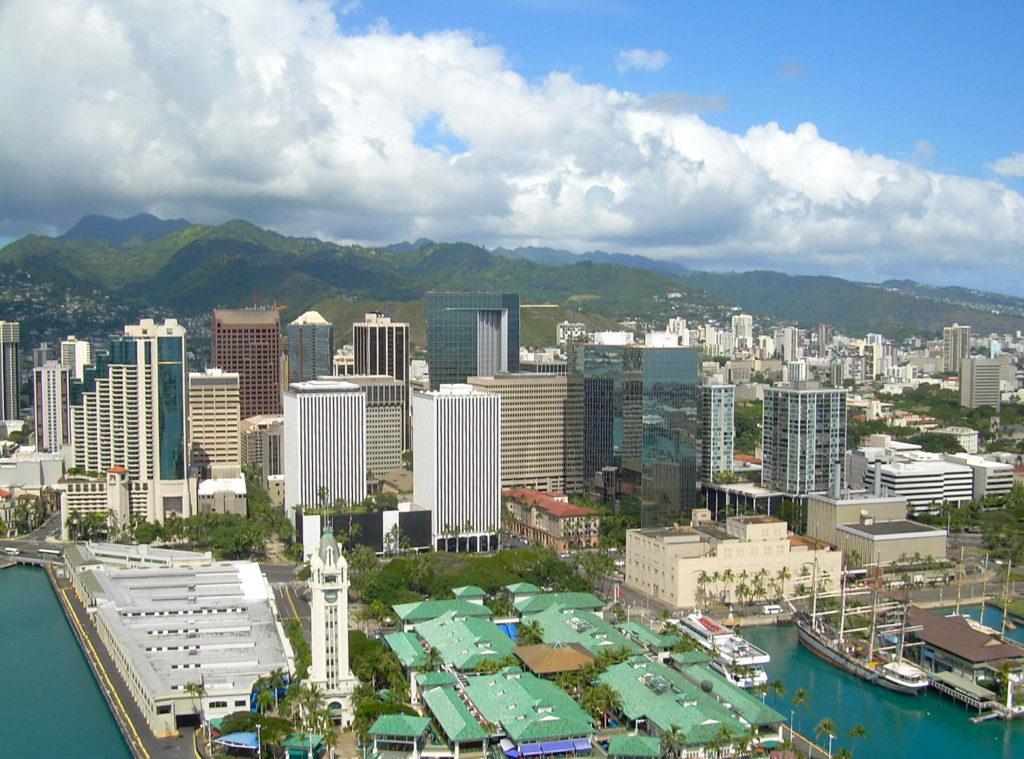With Independence Day (July 4) coming up, visitors not familiar with Hawaii’s culture and history might not quite understand whether fireworks are illegal or not. On one hand, they are illegal. On the other hand, by what one sees and hears at night, those laws don’t seem to be observed. While July 4 is the day that most Americans associate with fireworks, in Hawaii that day pales in comparison to New Years Eve.
Hawaii’s love of fireworks probably originates from its Chinese immigrant community and that certainly makes sense of the New Years Eve fireworks. Back in the “good old days” (when fireworks were legal on Oahu), the streets of small neighborhoods would be covered with the red paper of exploded firecrackers and that was even after neighbors would do their best to sweep it all up. One night in particular I recall driving home from a New Years Eve party when the the air was uncharacteristically still (i.e. no wind), driving visibility was under 100 feet and I had to drive with my fog lights on due to all the smoke from fireworks.
Our local girl Aina gives us an insider’s look on this culturally conflicted practice.

